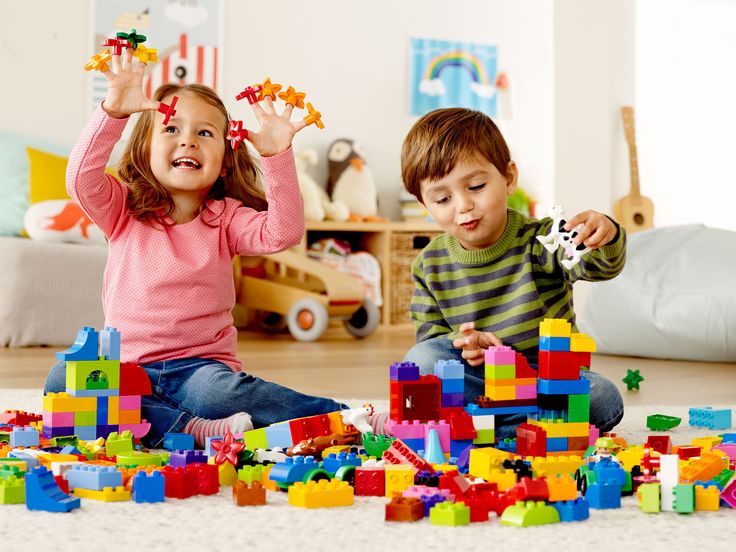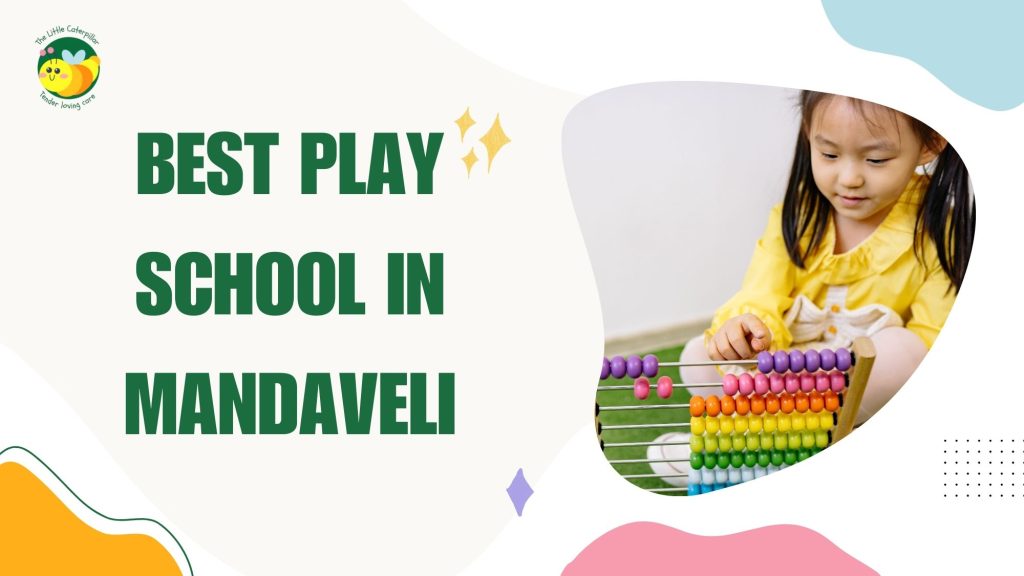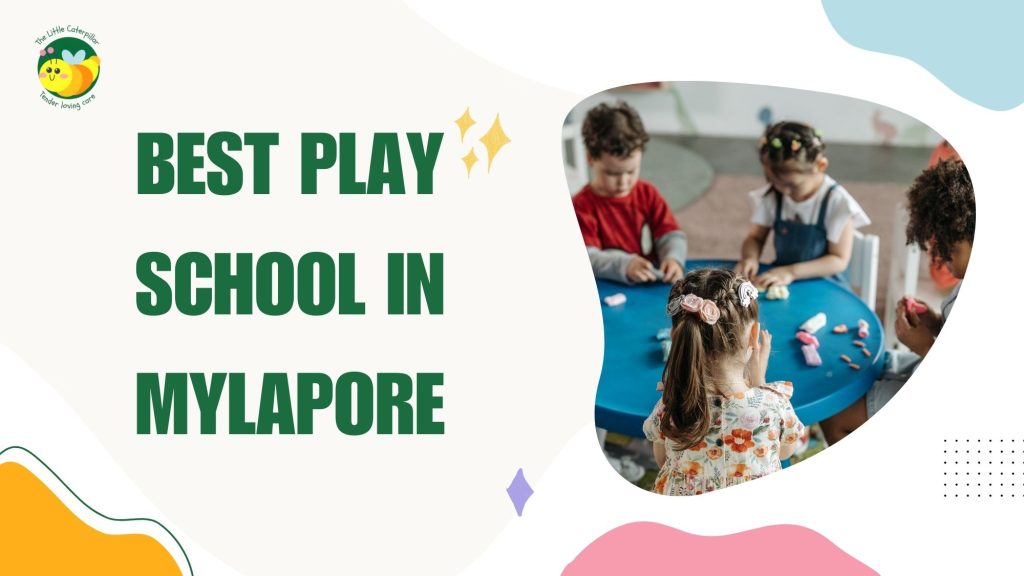Table of Contents
Introduction
Located in the vibrant city of Chennai, The Little Caterpillar playschool exemplifies a unique blend of Montessori and Reggio Emilia educational philosophies tailored to suit the rich cultural tapestry of India. Founded by Nikita Viswanath, an experienced art teacher and facilitator, the playschool caters to toddlers aged 1.5 to 4 years, emphasizing the integration of traditional Indian values and cultural elements into its teaching methods and classroom environment. This essay explores how The Little Caterpillar embraces Indian contexts while staying true to the principles of Montessori and Reggio Emilia, fostering a holistic educational experience.
Montessori and Reggio Emilia in Indian Education
The Montessori method, developed by Maria Montessori, emphasizes self-directed learning, individualized education, and the importance of a prepared environment. On the other hand, the Reggio Emilia approach, originating from Italy, focuses on child-centered learning, creativity, and the role of the environment as a catalyst for exploration and discovery. Both philosophies share a commitment to respecting and nurturing the child’s innate curiosity, creativity, and independence.
Incorporating Indian Values into Teaching Methods
1. Respect for Elders and Community:
In Indian culture, respect for elders and community elders is paramount. At The Little Caterpillar, this value is integrated into daily routines through storytelling sessions where children learn about Indian mythology, folk tales, and moral stories that emphasize respect, empathy, and kindness. Guest visits from grandparents or local community members further reinforce these values, fostering a sense of interconnectedness and cultural continuity.
2. Celebration of Festivals:
Indian festivals such as Diwali, Holi, Eid, Pongal, and Navratri are celebrated with great enthusiasm at the playschool. These celebrations go beyond mere observance; they become immersive learning experiences where children actively participate in rituals, crafts, and storytelling related to each festival. For example, during Diwali, children make diyas (earthen lamps), rangolis (decorative patterns), and learn about the significance of lighting lamps to dispel darkness—a metaphor for overcoming ignorance with knowledge.
3. Multilingual Environment:
India is a linguistically diverse country with numerous languages and dialects. At The Little Caterpillar, children are exposed to multiple languages through songs, greetings, and storytelling in regional languages such as Tamil, Hindi, and Telugu. This exposure not only enhances language acquisition but also fosters an appreciation for linguistic diversity—a cornerstone of Indian culture.
4. Environmental Consciousness:
Respect for nature is deeply embedded in Indian traditions. Children at the playschool engage in activities that promote environmental stewardship, such as gardening, recycling projects, and nature walks. These activities instill values of sustainability and ecological responsibility from a young age, aligning with traditional Indian philosophies that emphasize harmony between humans and nature.
Creating a Culturally Responsive Classroom Environment
1. Decor and Aesthetics:
The physical environment at The Little Caterpillar reflects Indian aesthetics with colorful murals, traditional artwork, and elements inspired by nature. Decorative items such as bells, textiles, and handicrafts from different regions of India adorn the classrooms, creating a visually stimulating and culturally immersive space for children.
2. Inclusive Curriculum:
The curriculum at the playschool is inclusive of diverse cultural perspectives and experiences. Teachers incorporate stories, songs, and games from various regions of India to celebrate diversity and promote cultural understanding among children. For instance, children may learn about different dance forms like Bharatanatyam from South India or Bhangra from North India through movement activities.
3. Role of the Educator:
As the founder and an experienced art teacher, Nikita Viswanath plays a pivotal role in integrating Indian values and cultural elements into the educational practices at The Little Caterpillar. Her expertise ensures that teaching methods are culturally sensitive, engaging, and reflective of the local context, thereby enriching children’s learning experiences.
Educational Significance and Benefits
1. Cultural Identity and Self-awareness:
By incorporating Indian values and cultural elements, children develop a strong sense of cultural identity and pride in their heritage. They learn to appreciate and respect diverse traditions, languages, and customs, contributing to their overall social and emotional development.
2. Critical Thinking and Creativity:
Exploring diverse cultural perspectives fosters critical thinking skills as children compare, contrast, and analyze similarities and differences. Creativity is enhanced through art, music, and storytelling activities that draw inspiration from India’s rich cultural heritage.
3. Social and Emotional Learning:
Engaging in collaborative projects and cultural celebrations promotes empathy, cooperation, and social skills among children. They learn to communicate effectively, resolve conflicts, and build meaningful relationships within a multicultural environment.
References and Theoretical Foundations
The integration of traditional Indian values and cultural elements into early childhood education aligns with educational theories and research:
- Bronfenbrenner’s Ecological Systems Theory: Emphasizes the influence of cultural context on children’s development, highlighting the importance of incorporating cultural values into educational practices.
- Sociocultural Theory (Vygotsky): Stresses the role of social interactions and cultural tools in cognitive development, advocating for culturally responsive teaching practices that support learning within meaningful contexts.
- Cultural-Historical Activity Theory: Explores how cultural artifacts and practices shape children’s learning experiences and cognitive processes, emphasizing the integration of cultural elements in educational settings.
Conclusion: Embracing Diversity, Enriching Education
In conclusion, The Little Caterpillar playschool in Chennai exemplifies a harmonious integration of Montessori and Reggio Emilia philosophies with traditional Indian values and cultural elements. Through a culturally responsive curriculum, inclusive classroom environment, and dedicated educators like Nikita Viswanath, children aged 1.5 to 4 years embark on a transformative educational journey that celebrates diversity, fosters creativity, and nurtures a deep understanding of India’s rich cultural heritage.
As The Little Caterpillar continues to innovate and evolve, its commitment to embracing Indian contexts while upholding global educational standards remains steadfast. By honoring traditions, promoting inclusivity, and empowering young learners, the playschool paves the way for a future generation that is not only academically proficient but also culturally sensitive and socially responsible—a testament to the power of education in shaping a brighter tomorrow.



